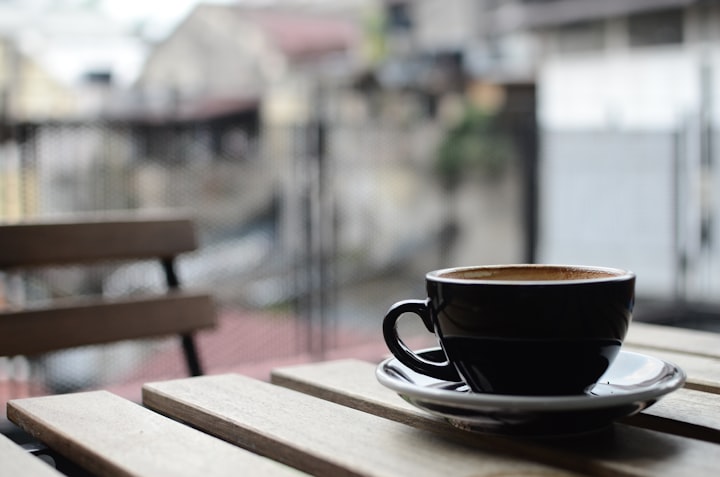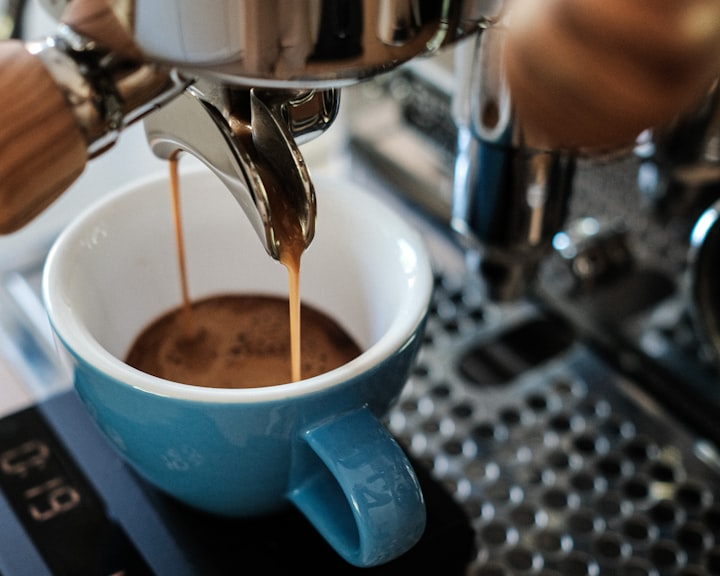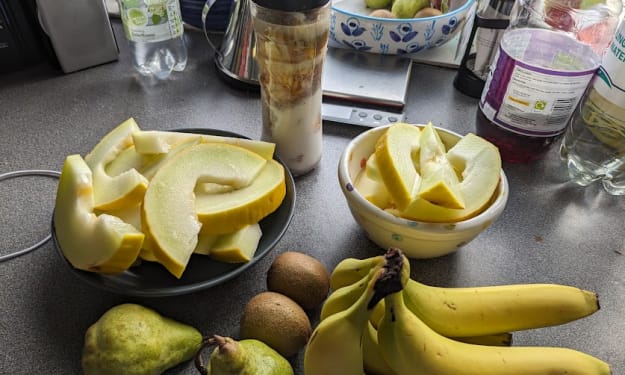If you're like most coffee drinkers, you almost certainly think you're currently drinking a great cup of espresso. However, there is a chance that you will most likely be able to increase the standard with the following eleven measures:
1. Use great coffee beans
Keep away from grocery stores! Okay, that's a critical statement, but you don't usually buy espresso beans from the supermarket. No one knows when it was roasted, which is an important, vital level of espresso freshness. These beans are known for staying stale, whether they're in gravity bins (especially stale!) or bagged (usually stale!). In fact, no one knows how long the beans have been in the trash cans or bags. Buy your coffee from an independent coffee shop or from an espresso roaster who can verify the roast date. Here's the only way to know you're getting the finest gourmet quality freshly roasted espresso beans. Their popularity is on the edge, which is why they compete for this excellent freshly roasted coffee.
2. Store Efficiently
Remove grains in the original bag and place in an airtight container such as Tupperware or Glad Ware. The more opaque the container, the better the protection against the penetration of dangerous substances. Extreme care, such as storing coffee in a glass jar around the sink, can spoil the beans, leaving your last cup of espresso bland or stale.
Do not generally shop in the freezer or refrigerator. Keep them in an airtight container in a very large, dry, and dark place, like a closet or pantry. Refrigerators contain quite a lot of odors and coffee is quite porous. It will act like a sponge on odors, whether ground or whole bean. Freezers can cause freezer burnout and flavor oils can crack and lose flavor. These oils are the seat of fragrance. Freezer storage freezes condensation every time the coffee is taken out of the freezer.
Excess moisture will cause your beans to stale faster and shorten the lifespan of your espresso, so an interesting, dry, and dark place is recommended for storage.
3. Suitable grinding and grinding immediately before use
Grinding on espresso problems. Your espresso needs to be ground for whatever brewing technique you may be working with. Coarse for French press and single serve, fine for espresso. There is no difference between the two, but for most automatic drippers, your grind should be a little finer than coarse, which means that when you rub it between your fingers, the grind should really feel like regular breadcrumbs. The espresso grind should feel like a cross between sugar and powdered sugar. Also, when using a burr grinder, your espresso will acquire less friction than a typical blade grinder, making it less likely that your grind will burn while grinding.
Espresso can be very porous and absorb odors and air (oxygen) incredibly quickly. Oxygen will make your espresso taste really bad! So the longer your espresso sits instead of being used, the longer it stales and makes a bad cup.
4. Evaluate correctly
Weigh your coffee before deciding whether to grind it. To make an excellent, well-balanced cup of coffee, it is best to use approximately 0.75 oz (22 g) of coffee beans for every 8 oz of cold drinking water. You can +/- to style, but this can be a great start.

5. Purified drinking water at the exact temperature
Clean, purified drinking water from the tap (preferably purified) or top quality spring water is recommended. Try not to use mineral water, distilled water or tap water with any odor. This will eventually make your espresso taste undesirable. Drinking water should be around 195-205 degrees when ready for brewing. At this temperature, the espresso can undergo proper extraction to optimize the flavor oils and caramelized sugars in the espresso beans. This is really hard to do with most homebrewers because the heating elements are generally not heat controlled and they are not trustworthy to heat up to the right temperature anyway. Good homemade espresso makers will cost around $200, but they are well worth it and take much longer to make. If possible, try single-cup pouring or other brewing methods such as French push or siphon. The flavor variations are wonderful. Google is looking for almost every method to get more data.
6. Cook easy enough to drink
Leaving brewed coffee waiting is not the best strategy. And much more, so you never have to turn it on while sitting on the stove! This is a good way to make dinner coffee. Continuous "keep warm" like this will make the taste bitter. If you need to brew one particular cup and don't intend to finish it, take an air container with a very hot container to keep it going. Even now, drink it for one hour or so, but it will bring you many benefits. more time.
7. Allow it to be amazing
By bringing the coffee level up to 170 levels (for black coffee), not only will you not burn your mouth, but you will also enjoy coffee much more, because you will understand the essence of what espresso is based on: brightness, chocolate notes, citrus notes, spices. It's all there, get a juvenile geek! If you insist on adding product and sugar to coffee, ignore point 7 and point 8 respectively!
8. Consume It Black
That's the true fan of espresso in me breaks out! I used to drink coffee with cream and sugar all the time until I got into the espresso business a few years ago. The culture has decided that cream and sugar are the norm because of the lousy taste of coffee, and not mainly because espresso tastes bad. Coffee used to be bitter, usually, but it was your father's cup! Most likely canned food from the food market. Hic! This is a classic Robusta bean espresso, low quality espresso. Nowadays, high quality coffee beans are called Arabica and you just get them from coffee houses and artisan coffee roasters. When the beans are mixed and thoroughly roasted, black espresso will not be bitter. It may take some time, but I guarantee you that you will lose a lot of delicious coffee by adding product and sugar!
9. Throw away leftover brewed coffee
This is indeed part #6 mentioned earlier, but justifies its own amount. If the brewed coffee has still been left for more than an hour in the air pot or airtight container, discard it. Brewed espresso also has a lifespan, and making dinner in a container is not in itself part of it.
10. Throw away any remaining espresso beans
Okay, let me be clear! With this I suggest an espresso that certainly stays more than shortly after 21 uses. Coffee beans have a very long lifespan of approximately 21 days per day when they are roasted. I prefer to drink mine within 10 days, but this is again just a coffee drinker. When you can use your espresso in just 21 days of work, it's really roasted, you'll get better flavor and a much better cup. I know you're asking, "How do I know when my Seattle's Greatest or Newman's Possess espresso beans have actually been roasted?" Great, see #1 mentioned earlier in your answer.
11. Rinse and repeat
It affirms everything! If you follow these steps, I guarantee you will end up with a much tastier and more attractive drink!
Thank you So much for you to reading till the end, and please kindly to support me as you could, I would be appreciate it. Have a great day:D
About the Creator
Eful
Hi there, I am Syaefullah Nur from Indonesia. I am reader and now I try to providing my best articles for you guys. Enjoy it;)







Comments
There are no comments for this story
Be the first to respond and start the conversation.